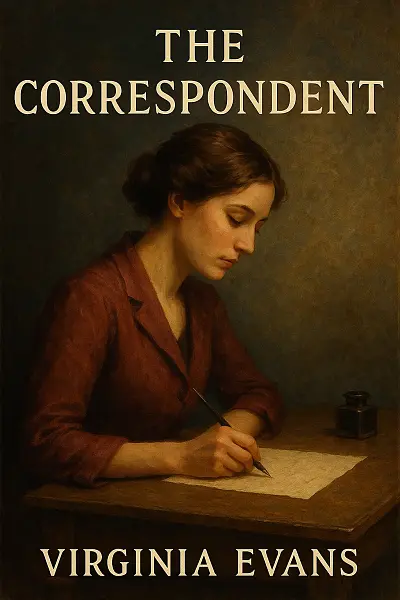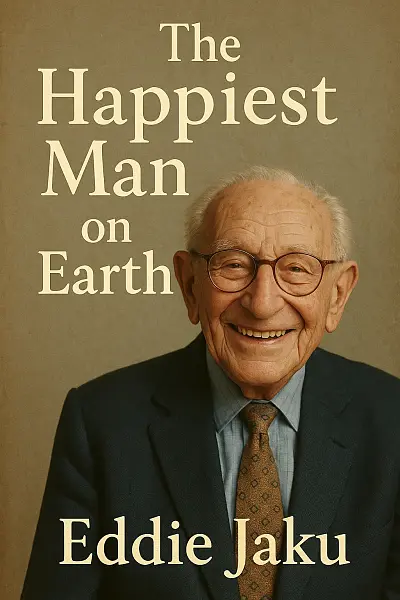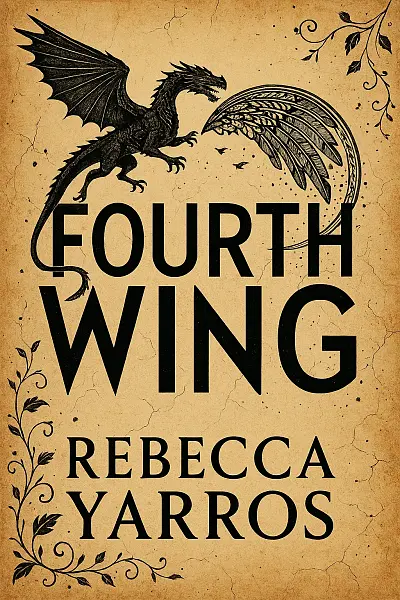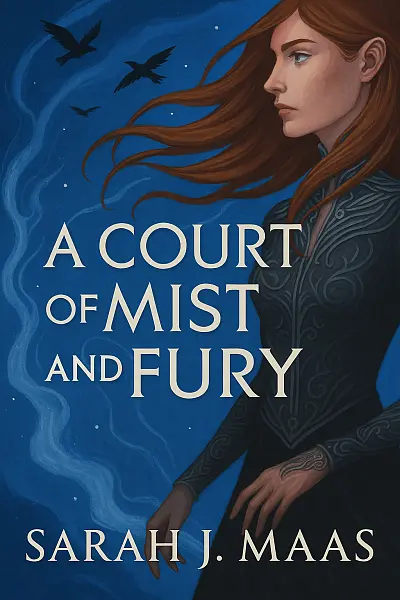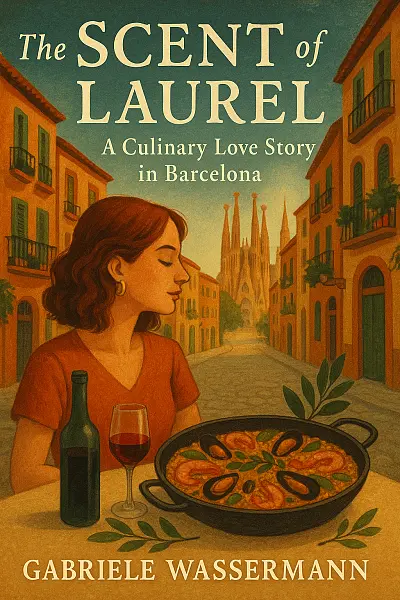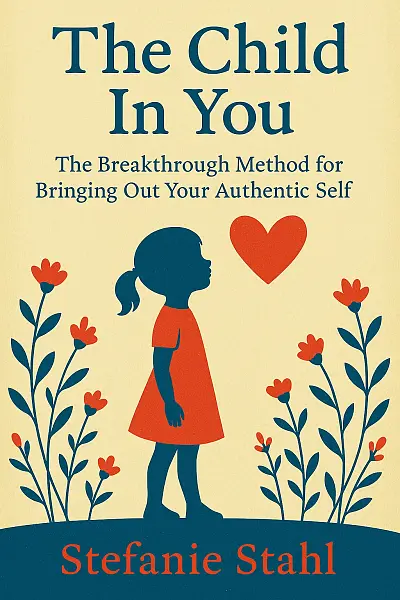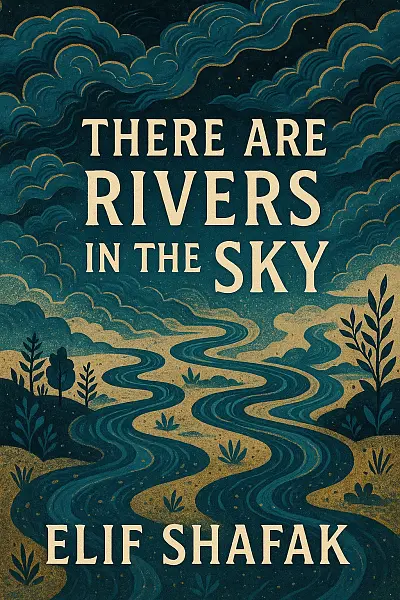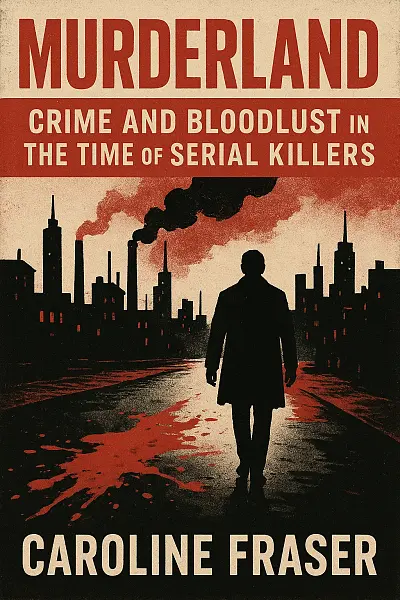
Murderland: Crime and Bloodlust in the Time of Serial Killers
by: Caroline Fraser
Caroline Fraser grows up in the haunting Pacific Northwest, surrounded by brooding forests and the shadow of Ted Bundy’s horrific crimes. When her childhood landscape becomes riddled with headlines of gruesome serial murders, she is pushed to investigate why this region breeds so many killers—and why their acts are so chillingly bizarre.
Driven by questions of evil, violence, and environmental decay, Fraser dives deep into the disturbing world of Bundy, the Green River Killer, and others, uncovering chilling links between industrial pollution and psychic ruin. The emotional stakes soar as she probes: Can a place itself twist a generation?
With sharp, immersive storytelling and a moody, atmospheric vibe, Murderland keeps you edgy and questioning—are monsters born, or made?
""In a world obsessed with darkness, the true danger lies not in the killer’s shadow, but in our hunger to decipher it.""
Literary Analysis
Writing Style
Atmosphere
- Moody and immersive, with a palpable sense of unease—Fraser conjures the bleak shadows of late 20th-century America as if you’re sifting through dim alleyways and cluttered evidence boards.
- Darkly cinematic—gritty sequences and uncomfortable silences, punctuated by haunting moments that linger long after a chapter ends.
- Readers can expect a sense of restless urgency, yet tinged with the eerie detachment of true crime’s cold facts.
Prose Style
- Sharp and incisive, never afraid to pull apart the macabre details, but also boasts a wry observational edge that keeps the subject matter from sinking into pure horror.
- Fraser’s sentences are taut and disciplined, often veering into lyrical territory during moments of reflection, but she reins it in to keep the narrative brisk and biting.
- Expect clear, unvarnished language—no excess, no flourish for the sake of it; flashes of mordant wit keep the tone sharp, even sardonic, without diminishing the seriousness.
Pacing
- Relentlessly propulsive—Fraser leans into short, punchy chapters that drive the narrative with almost journalistic rigor.
- She balances detail and momentum nicely: there’s enough context to pull you deep into each case, but she wisely steps back before the pace drags or the brutality turns gratuitous.
- A real page-turner, but not at the expense of nuance—she knows when to pause for a potent insight or unexpected emotional depth.
Overall Mood & Rhythm
- The writing feels electric and unsettling, like static before a storm—Fraser keeps readers on edge, never allowing you to feel too comfortable.
- There’s a strong sense of historical weight, as she deftly connects individual crimes to broader anxieties of the era, lending the book a propulsive but thoughtful rhythm.
- For fans of literary true crime, expect a voice that’s coolly observant but passionately engaged, layering reportage, cultural insight, and a dash of existential dread.
Key Takeaways
- True-crime vignettes that'll make your skin crawl
- 1970s tabloid culture meets meticulous reportage—Fraser's prose hums with unease and fascination
- "Deviance for the masses"—media obsession dissected with scalpel-sharp wit
- Emotional gut-punch: the chapter where survivors reclaim their voices
- The unsettling intimacy of a killer's confession, rendered in bone-chilling detail
- HAUNTING: Fraser’s portrait of America’s obsession with violence, stitched with empathy and dread
- Jaw-dropping scene: police missteps that let nightmares walk free

A nation's dark obsession, revealed through the birth of American true crime
Reader Insights
Who Should Read This
If you’re someone who loves true crime, especially those deep dives into the culture around infamous serial killers, Murderland is basically your next obsession. You’ll totally vibe if you enjoy nonfiction that mixes razor-sharp research with juicy storytelling—think of it as a blend between a gritty documentary and a darkly fascinating essay collection.
- Perfect for:
- Fans of podcasts like My Favorite Murder or Criminal
- Anyone who geeks out over the psychology behind killers and what makes our society so fascinated by them
- Readers who want more than just sensational crime—Fraser really digs into why we’re drawn to these stories
- People who enjoy a sociological angle, not just the gory details
Seriously though, if you’re squeamish or you want your nonfiction light and feel-good, maybe skip this one. The details can get graphic and the book doesn’t shy away from the uglier sides of human nature and our media habits.
If you’re hoping for a fast-paced thriller vibe or a narrative with big twists, this isn’t that—it’s more thoughtful analysis and cultural commentary than heart-pounding suspense.
Bottom line: If you’re into smart, unflinching looks at true crime and why we can’t look away, Murderland is right up your alley. But if you steer clear of disturbing content or need your reading to be uplifting, this might not be for you.
Story Overview
Murderland: Crime and Bloodlust in the Time of Serial Killers by Caroline Fraser plunges readers into the grim, captivating underworld of 1970s America, where a tidal wave of headline-grabbing crimes triggers a national obsession with murder. As Fraser weaves together riveting true-crime cases and deep dives into cultural anxieties, she reveals how the era’s serial killers both shaped—and were shaped by—a rapidly changing society. Expect a haunting blend of sharp social commentary, vivid storytelling, and unsettling truths that keep you thinking long after you turn the last page.
Main Characters
-
Caroline Fraser: Author and investigative voice weaving together true crime cases and cultural analysis, providing context and perspective throughout the book.
-
Ted Bundy: Notorious serial killer examined as both a subject of public fascination and a lens for exploring society’s obsession with violence.
-
Ann Rule: True crime writer whose complex relationship with Bundy and role in shaping the modern crime genre is critically explored.
-
The Narrator’s Mother: A personal figure whose fear, paranoia, and protective instincts serve as an emotional touchstone, representing everyday anxieties in a world obsessed with crime.
-
Edmund Kemper: Another infamous serial killer whose case exemplifies the blend of brutality and psychological intrigue that drives the narrative’s deeper questions about bloodlust and culture.
If You Loved This Book
If Murderland: Crime and Bloodlust in the Time of Serial Killers hooked you with its blend of sharp reporting and cultural insight, you’ll find yourself instantly thinking of The Devil in the White City by Erik Larson—a masterwork that similarly weaves together true crime, history, and the eerie magnetism of infamous murderers. Where Larson paints 1890s Chicago with an almost cinematic sweep, Fraser takes a scalpel to modern anxieties, dissecting not just the crimes themselves but society’s morbid fascination with them. The way Fraser scrutinizes the intersection of violence, media, and identity will likely remind readers of Michelle McNamara’s I’ll Be Gone in the Dark. Both authors share a relentless curiosity and gift for turning research into a page-turner, but Fraser’s voice feels especially urgent, pulsing with contemporary relevance.
On the screen side, Fraser’s knack for interrogating the national psyche around serial killers unmistakably calls to mind the chilling, psychological depths of Mindhunter on Netflix. That show’s clinical yet empathetic lens—focusing less on the gore and more on the why behind the crimes—mirrors Fraser’s thoughtful, sometimes unsettling explorations of American obsession with serial murderers. If that show had you nervously glancing over your shoulder (while pondering big questions about the human condition), Murderland offers the same adrenaline spike, but in prose form—with perhaps even sharper observations about the time we’re living in.
Expert Review
What if the violent bloom of serial murder in the Pacific Northwest wasn’t just a human phenomenon, but the monstrous offspring of poisoned earth and toxic air? Murderland thrusts readers into this chilling possibility, coupling the familiar dread of true crime with urgent environmental alarms. Caroline Fraser’s question resounds on every page: Are serial killers breeding on the ruins of America’s own making?
Fraser’s writing is both surgical and cinematic—she stitches forensic detail to lush evocations of damp forests and looming mountains, crafting an atmosphere that’s as brooding as it is immersive. Her voice crackles with authority; she brings a historian’s rigor and a local’s haunted intimacy, never retreating into clinical detachment. Standout passages shuffle between archival research, personal memoir, and cultural critique, each laced with an undercurrent of dread befitting the genre. Narrative pacing is generally relentless, driven by short, punchy chapters that propel readers deeper into the region’s shadowy heart. Fraser avoids sensationalism, opting instead for psychological insight and morally complex profiles. Her ability to balance granular crime scene details with bigger-picture social commentary is masterful—as is her skill in crafting transitions that let the landscape itself become a living, breathing actor in the drama.
Thematically, Murderland excavates what it means for horror to be both human and ecological. Bundy, the Green River Killer, and their contemporaries aren’t just predators, they are depicted as byproducts of a ravaged environment—the smelters, the chemical plumes, and the wounds in the land itself. Fraser takes the true-crime narrative and twists it, unearthing connections between environmental catastrophe and psychopathy, asking whether pollution makes monsters of us all. The book resonates eerily with today’s anxieties about the cost of “progress” and how collective neglect can ripple through both water tables and family trees. Fraser’s philosophical questions are sharp: What if the seeds of evil are environmental as much as individual? Where does personal responsibility end when the world itself is sick? These are bold, destabilizing ideas, cutting well past the expected tropes of the genre, and inviting readers to look harder at what’s underneath the headlines.
Within the true crime tradition, Murderland stands out for its sweeping cultural lens and its refusal to indulge in gore or easy answers. Fraser, celebrated for Prairie Fires, brings her trademark blend of deep research and emotional resonance, crafting a work that recalls the best of Ann Rule’s criminal investigations but infuses them with the ecological and sociopolitical rigor of Timothy Egan. It’s a book for both mystery buffs and those hungry for a broader cultural reckoning.
Not every leap in Fraser’s environmental thesis lands—at times, the speculative connections feel provocative but not fully substantiated, and some readers may crave tighter evidence rather than atmospheric inference. Still, Murderland is undeniably important: a dark, urgent, beautifully-crafted book that haunts both crime and conscience. If you want your thrillers with teeth and brains, this is the rare true crime that demands—and deserves—to be read and reckoned with.
Community Reviews
okay but WHO LET FRASER DO THIS TO MY BRAIN? the chapter where the killer stares at his own reflection legit had me checking my windows at 2 am. can’t unsee it.
so, that scene where the headlights flicker in the woods? I swear I checked my own backyard three times. Fraser knows how to make the ordinary terrifying. That moment stuck with me long after I closed the book.
Had to reread that scene where the young detective realized the pattern in the killer’s notes. CHILLS. Fraser knows how to drop a plot twist right when you think you’re safe on the next page.
Fraser’s deep dive into the era of serial murderers got under my skin and totally derailed my sleep for a week. Those late-night pages had me double-checking my locks and jumping at creaks. Unsettling, addictive, absolutely chilling.
i went in thinking this would be just another true crime book but Fraser's take on the 1970s hit me hard. the moment she describes the shift from fear to obsession made me double check my locks.
Cultural Context & Discussion
Local Perspective
Whoa, Murderland: Crime and Bloodlust in the Time of Serial Killers by Caroline Fraser? This book lands with a real punch in the local context!
- Here, stories of serial crime and the fascination with “true crime” echo not just imported media obsessions but real episodes—think of those notorious homegrown cases that reshaped public trust in law enforcement, or the rise of community watch movements in response.
- The book's relentless dig into the dark fascination with violence can feel unsettlingly familiar, thanks to a culture that both outsiders and insiders describe as fixated on the “spectacle” of justice—tabloid culture, sensationalist news, and even classic urban legends.
- Some plot twists—like institutional failures or public apathy—hit extra hard, because of actual scandals involving local police mishandling or feared unsolved cases that haunt living memory.
At the same time, Fraser’s nuanced analysis can challenge the prevailing “good vs evil” narrative you’ll see in local crime fiction, nudging readers to question simplistic stereotypes.
It also mirrors the country’s rich tradition of investigative journalism and crime reportage, blending gritty realism with a critical eye—the perfect match for readers hungry to make sense of historic anxieties and their own morbid curiosity.
Points of Discussion
No major controversies surround Murderland: Crime and Bloodlust in the Time of Serial Killers by Caroline Fraser.
A standout achievement:
- The book has been widely praised for its incisive cultural analysis and nuanced approach to the true crime genre, earning recognition as a New York Times Notable Book.
- Fraser’s exploration of America’s obsession with serial killers has sparked thoughtful conversation about media sensationalism and the ethics of true crime storytelling.
